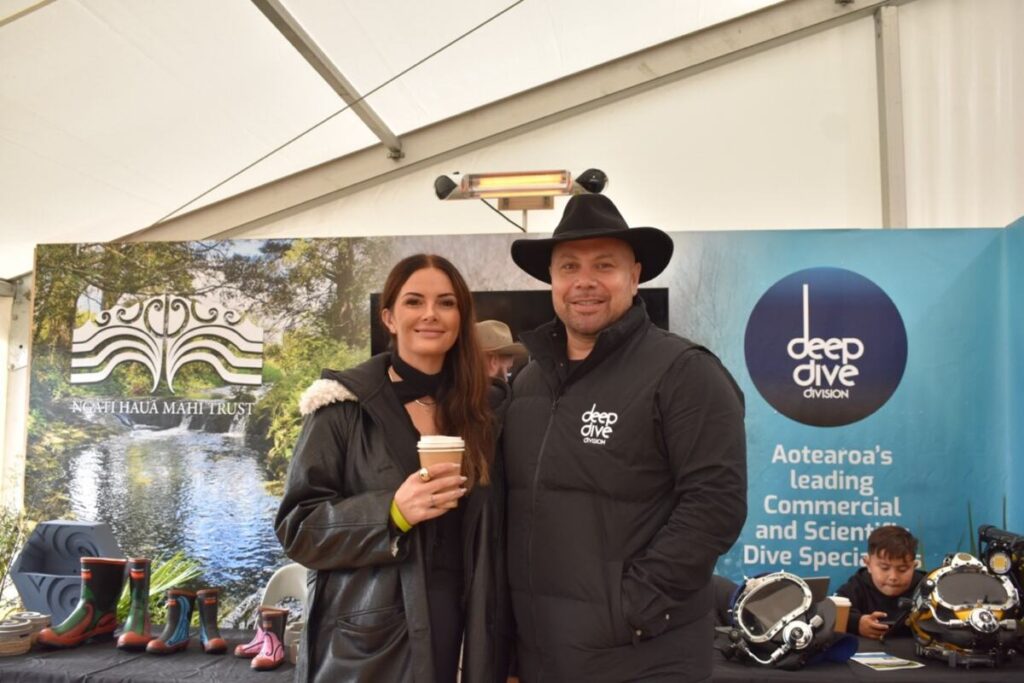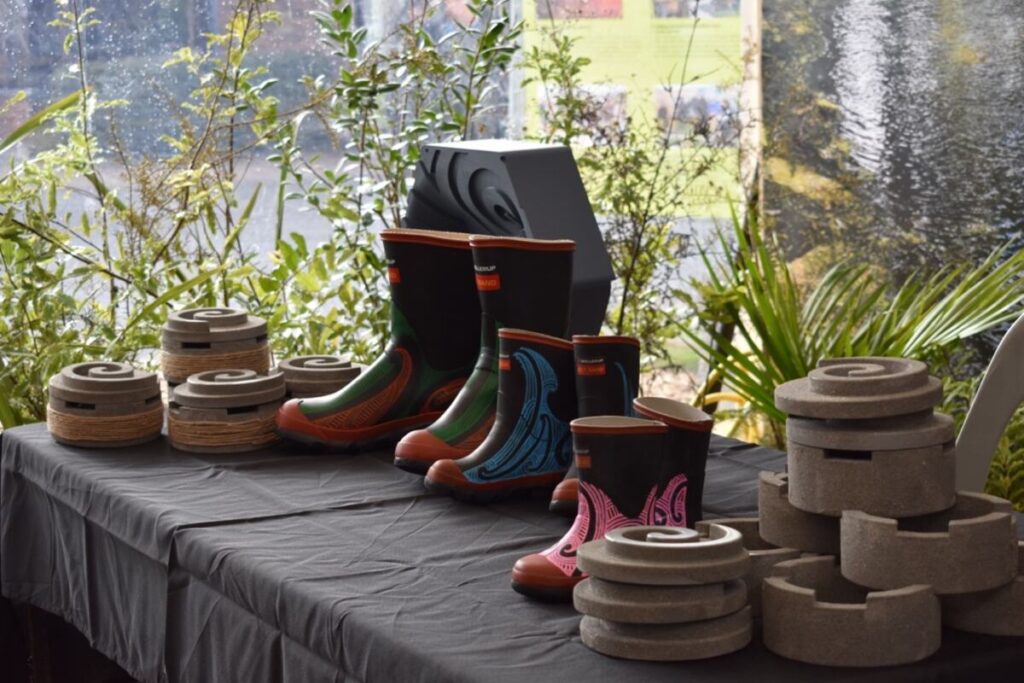Old cars and clean water: on a mission to clean up our waterways
How this old wreck led to a deeper dive into sustainability
Courtney and Tua Karalus’ display in the Sustainability Hub at Fieldays, was the result of a salvage operation.
The couple, who run Deep Dive Division, want to help clean up the country’s waterways. To illustrate the problem, they fished a car out of the Waihou River and made it the focus of the display.
Finding old wrecks is nothing new for the company. In the past 6 years it has pulled 20 vehicles out of the Waikato River, removing over 33 tonnes of metal and debris in the process.
Tua Karalus explained the reason behind showing the car. “It’s to draw people back to what we do for the environment, why should vehicles be dumped, why should our rivers be trashed?”

Founded in 2018, Deep Dive Division focuses on the commercial, scientific and technological elements of diving research. It was while working on infrastructure in the Waikato River that the company found its first submerged vehicle, prompting their clean-up campaign. The company receives funding from Waikato Tainui and has approval from the Waikato River Authority to remove cars.
At Fieldays the Deep Dive team also had an array of design prototypes. These showed their approach to creating a more sustainable environment, so New Zealand river ecosystems can thrive.
One of these models came about because of work done following Cyclone Gabrielle. Deep Dive Division was approached by Ngāti Porou for assistance because sediment overload was impacting crayfish numbers. Karalus said the sea life environment had gone. “So, we thought what if we could create a regenerative reef system that could be placed in the seabed, rise above the sediment and be able to create increase biodiversity for areas?”
Smaller versions of that project, in the form of small tiles to encourage life in waterways, made up part of the display at Fieldays.

Deep Dive Division works for and with councils across the greater Waikato and Bay of Plenty, Waikato University, and Waikato-Tainui in its clean-up work.
“If the health of our water is poor so are our people, it just goes hand in hand,” Karalus said. “We make so much money from our river, we generate power – what are we doing to mitigate our effects?”




